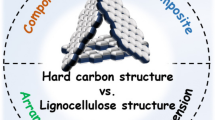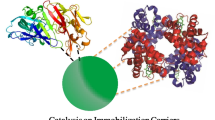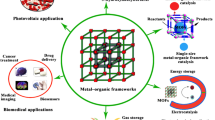Abstract
A simple procedure to be used in an analytical chemistry laboratory by undergraduate students to prepare a potentiometric biosensor for D-amygdalin is given. The membrane material is prepared by simple compression of a solid sensing mixture (β-glucosidase mixed with Ag2S and AgI). This new technology has some advantages. It presents a simple way to prepare a biosensor membrane and this methodology adapts well to mass production technology. Simple polishing before each new measurement can renew the membrane. This type of biosensor produced by consolidated biocomposites can serve as a base material for different biosensing schemes.
Using this technique, students can easily envision the functioning of a potentiometric biosensor where the classic detection mechanism as of an I-ISE is combined with the biological recognition of an enzyme.
Similar content being viewed by others
Author information
Authors and Affiliations
Corresponding author
About this article
Cite this article
Merkoçi, A., Fàbregas, E. & Alegret, S. A Practical Approach to Potentiometric Biosensors Based on Consolidated Composites: Construction and Evaluation of a D-Amygdalin Biosensor. Chem. Educator 4, 137–140 (1999). https://doi.org/10.1007/s00897990317a
Issue Date:
DOI: https://doi.org/10.1007/s00897990317a




